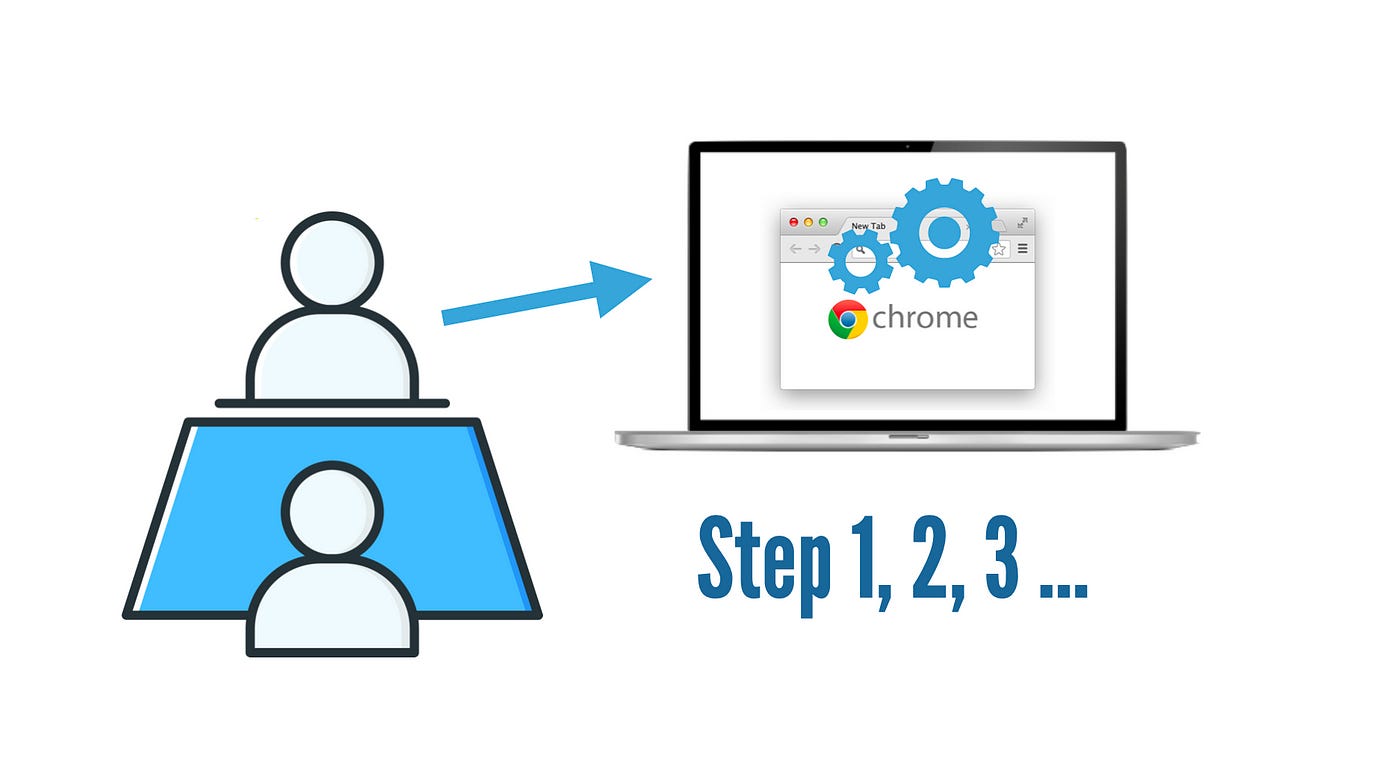One Simple Test Automation Scenario Interview Question that Most Candidates Failed
Simple, yet every candidate I interviewed failed.
A repost of my past Medium article, featured in Software Testing Weekly #131 and Coding Jag #95. Highly recommended for automation engineers who are hiring or preparing for job interviews. I was told that some companies have incorporated this into their interview process.
Since Substack is now my primary blogging platform, I'm sharing the answer to this scenario interview question exclusively here (no longer availble on Medium) with premium subscribers, giving them an advantage over others.
After the four quick and casual screening questions, I usually ask one scenario question during the interview (otherwise, too short, not respecting candidates). Personally, I don’t like long, brain-teasers or tricky questions. So, this single test automation knowledge question must be related to real work.
This question aims to determine whether a candidate is a fake (common in the field of E2E Test Automation), similar to Elon Musk’s approach (see video below), but in a more straightforward manner.
The Question
Describe the steps you would write for a common E2E web automated test case via UI: “User Change Password”.
Everyone understands this simple scenario, the explanation for business logic is unnecessary. It is so common that this would be among the first batch of automated tests written for a web app. To assure the candidate, I will tell the candidate: “There is no trick here, and no functional limitations (ignore any password change restrictions). This is simply about test design. Just say or write down the steps, such as a user logs in, clicks profile and ‘change password’ link, …, etc.”
Before the candidate started, I said: “A reminder, this is an automated End-to-End test via UI (functional testing). Don’t overthink, just focus on designing a good automated test that verifies that the user can change the password.”
The Answers: Most Got it Wrong!
It is a quick and easy interview question, right? However, not a single interview candidate answered it correctly (regardless of the candidates’ current job titles, such as Senior Test Automation Engineer or Test Automation Architect). I also asked this question during my training session and at some conference talks. I’ve only gotten the correct answer once (from the audience at the STARWEST 2013 conference in California).
Some readers wonder how there could be such a high percentage of wrong answers. Is there a trick? NO, definitely not.
Let’s see a typical answer from the interview candidates:
User logs in
Click the ‘Change Password’ link
Enter the current password
Enter a new password and confirmation
Click the ‘Change Password’ button
Log out
Login in with the new password
Confirm the logged-in successfully
Often, candidates expressed the step in detail (fearing there were some tricks) or validations such as confirmed-password-matching. Then I would assure them, don’t worry about validations, alternative paths or functional limits. Just focus on a completed automated test design for the main flow (happy case). The more concise (being correct), the better.
Some even stopped at Step 5. But most could get Step 8.
Then I would ask: “Is that all?”
Usually, the candidate would show signs of fear of missing something. Then I will assure them again: “There is no trick, just write down or speak out how you normally test this common scenario?”
Intentionally left blank.
So, motivated readers can work out the answer.
However, no one candidate I (& my friends) interviewed (so far in many interviews) could work out the missing step:
Long-time readers might find the answer obvious—that's because you've read some of my articles and case studies. This highlights the importance of continuous learning and access to a real test automation coach.
Keep reading with a 7-day free trial
Subscribe to The Agile Way to keep reading this post and get 7 days of free access to the full post archives.


